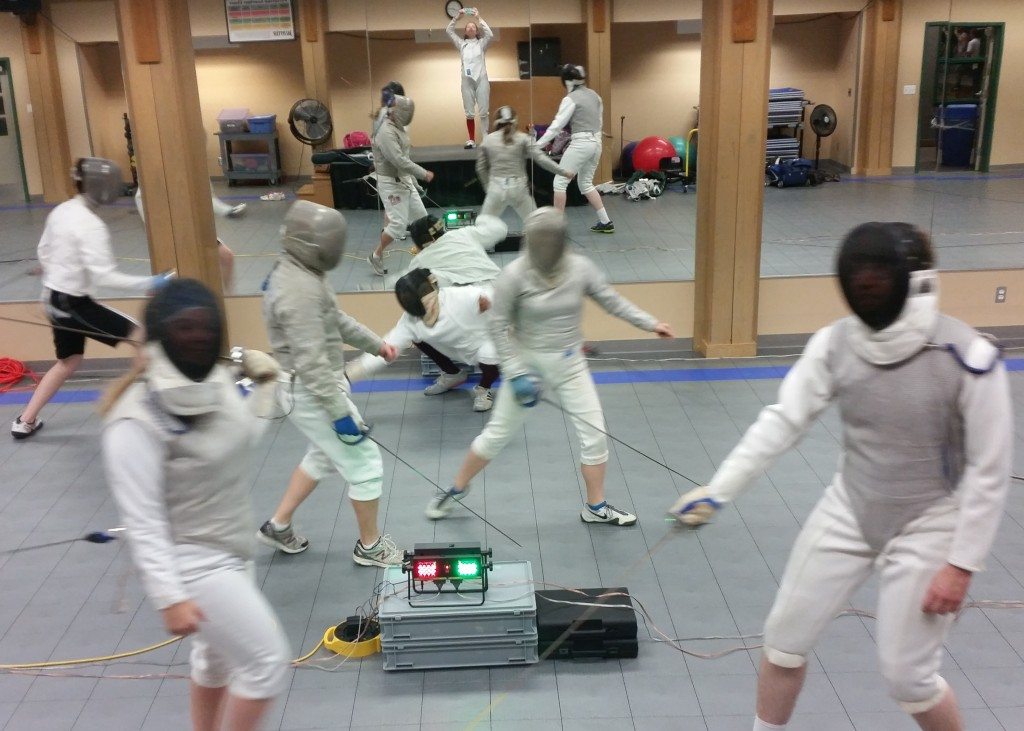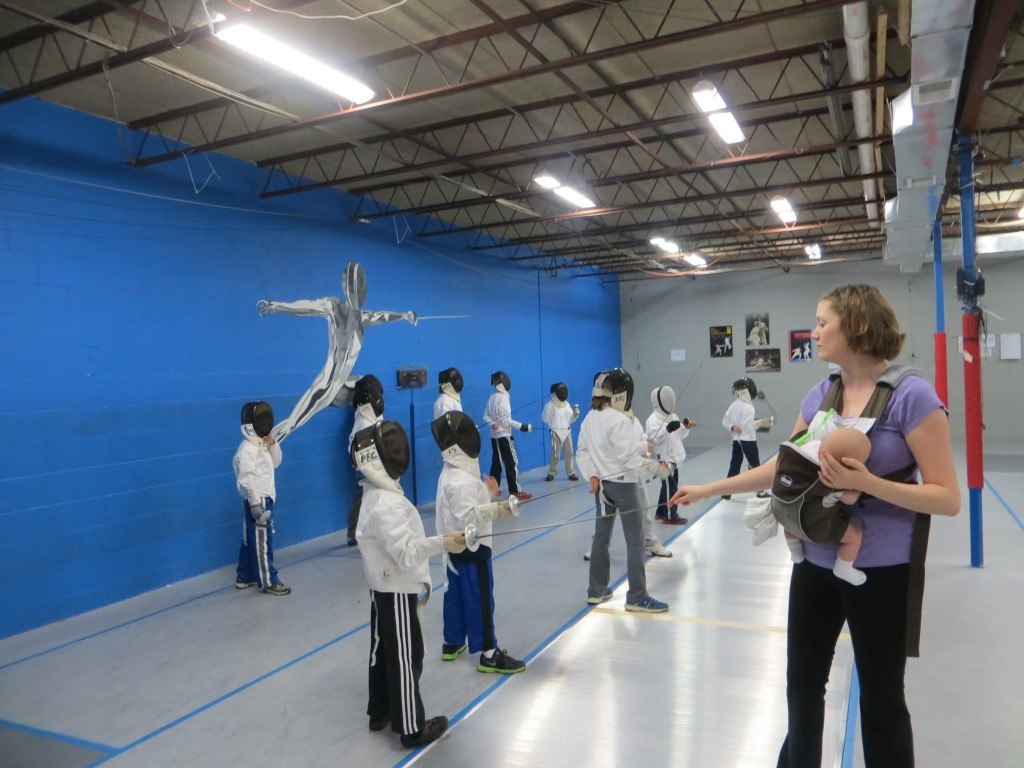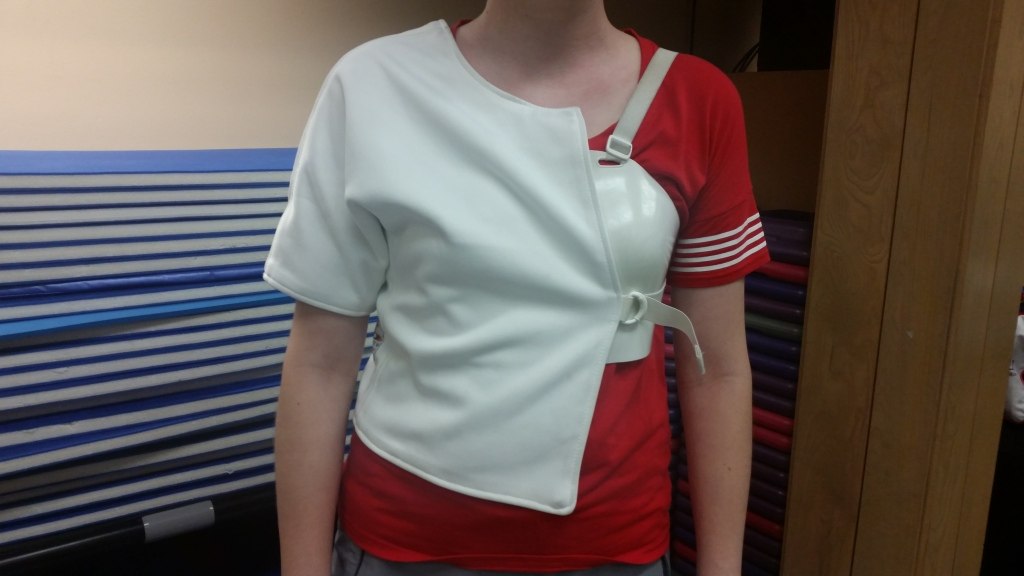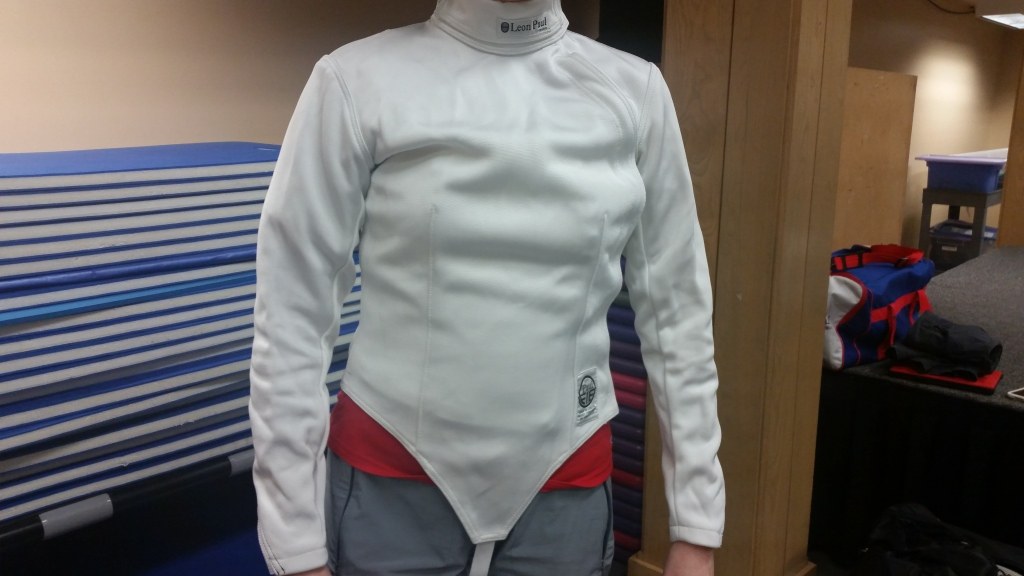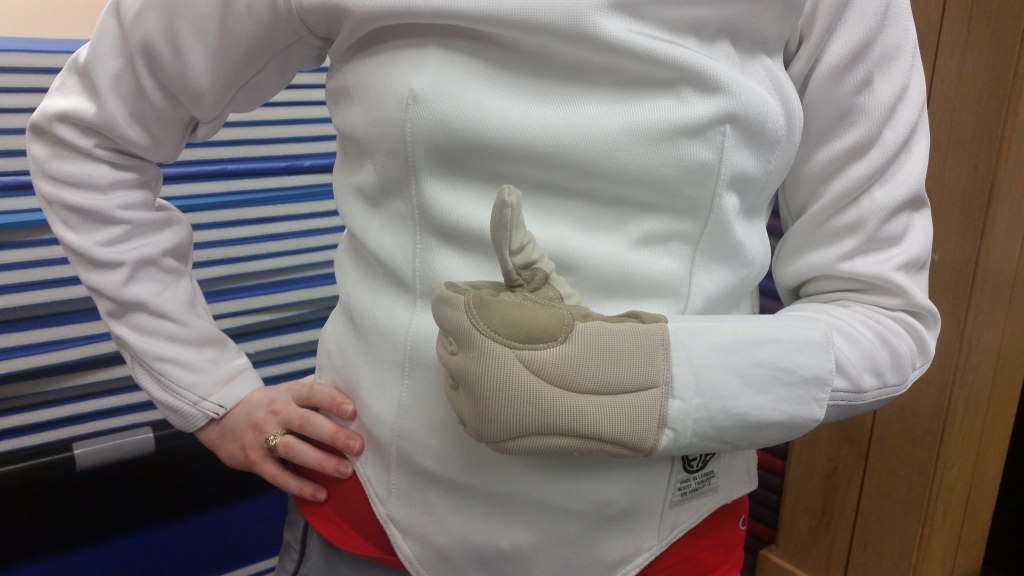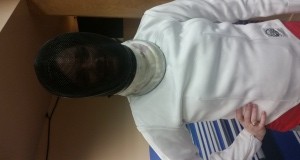The Benefits of Fencing
We all have a lot of things competing for our time. Work, family, friends, school, hobbies, pets… The list goes on. A common refrain from those who would like to try fencing is there is no time for it. While I can sympathize with that – my schedule is as maxed out as the rest – I’d like to make the case that some of your precious free time should be spent fencing.
An easy reason to try fencing is that it’s fun, although I’m sure many of the things you do are – why do workouts or hobbies that don’t bring joy after all, right? But more than that, let me make the case that fencing has so much more to offer than the occasional bruise or blister.
1. An individual sport with a team element.
Fencing is at its heart a positional game like chess that you play with swords. Learning the stance, movements, and actions needed to be an Olympian is easy. Honing them to become proficient enough to win some matches takes focus, self-discipline, and practice.
As an individual sport, you can set your own goals. How far you progress is up to you. You make the effort to learn and develop, you are the one who plays with new tactics, and you are the one who ultimately succeeds at your goals. The support network of your club mates forms a team that helps you through this. We all fence together and give one another feedback – if my teammates become stronger, so will I. There’s also great emotional support to help with plateaus and valleys as you learn to fence.
2. All the essential elements of physical exercise.
Fitness is divided into 4 broad components:
Muscular endurance – the ability to maintain a high level of performance over time. This includes aerobic (using oxygen) conditioning which fencing trains by getting on strip and fencing someone for an extended period, and anaerobic (not using oxygen) conditioning which is periods of intense activity followed by a recovery period in the flurry of activity leading to the touch. Both are important to your overall health and wellbeing.
Muscular strength/power – how much weight you can lift and how explosively you can push it. The rapid changes in direction of the anaerobic conditioning part of fencing leads to a stronger set of leg and core muscles. We are purported to have some of the best glutes in sports…
Balance – those rapid changes of direction also improve your balance. working for the touch forces us to learn new and interesting ways to move our bodies. Our pride gets us to develop the balance to not fall on our faces when we do it. This improves our coordination – the more balanced and grounded you feel, the easier it is to do fine motor tasks like scoring a point.
Flexibility – reaching that little bit more for the point or twisting to your utmost to avoid your opponent’s blade. Fencers become pretty flexible in more than just their mental abilities. Most people have done fencing lunges to stretch out for other sports. There’s a reason for that.
Fencing blends all these into one workout for the body and the mind, bringing us to…
3. Mental stimulation.
The brain is like a muscle in that the more it’s challenged, the stronger it becomes. Fencing is a puzzle – how do I hit and not be hit? Is my opponent laying a trap, or making a mistake? Am I really doing what I think I’m doing (it’s surprising how often this isn’t the case)?
Fencing is so great for mental stimulation that scientists have used fencers to study the way that “open-skill sports” (that is, sports where you react to an opponent) affect the brain’s ability to process information (source). We all get a little slower as we age, but one study found that fencers don’t get slower as fast – and middle-aged fencers have better accuracy, which is a pretty good tradeoff (source 1 | source 2 ). Fencing is a great two-fer, since it improves your health both physically and mentally.
4. Finesse, not strength.
Most martial arts will give you some version of the elements above, but the difference between fencing and most martial arts is that our sport is based on finesse rather than strength. You don’t have to hit very hard at all to score a touch in fencing. Most martial arts have you stand with your dominant foot in back, which grounds you and gives power to your attacks. In fencing we stand with the dominant foot in front, which makes us more nimble and allows for light, fast attacks.
What this means is that fencing appeals to people who’ve tried a lot of sports and not yet found their niche. Emphasizing quick, light touches instead of power means that kids who weren’t the biggest or the strongest can compete on an equal footing. You don’t even have to be very fast, if you’re sneaky and have good timing.
Have all these benefits made you think you should carve some time into your schedule and give fencing a try? Great, now’s your chance! We are holding free introduction to fencing classes on September 2 and 3. If you can’t make those, your first class at the Bellaire rec is always free. Sign up for a free class or email liz@houstonswordsports.com for more information.

